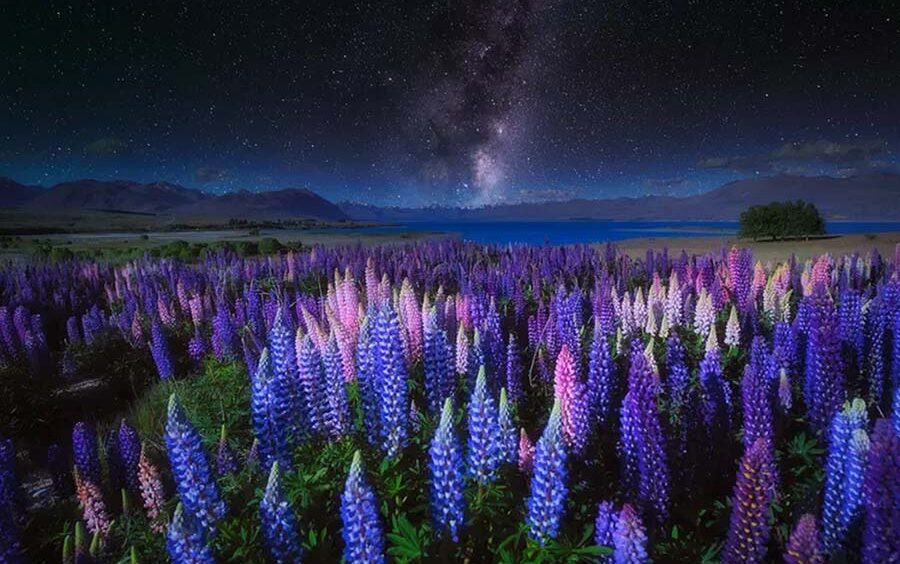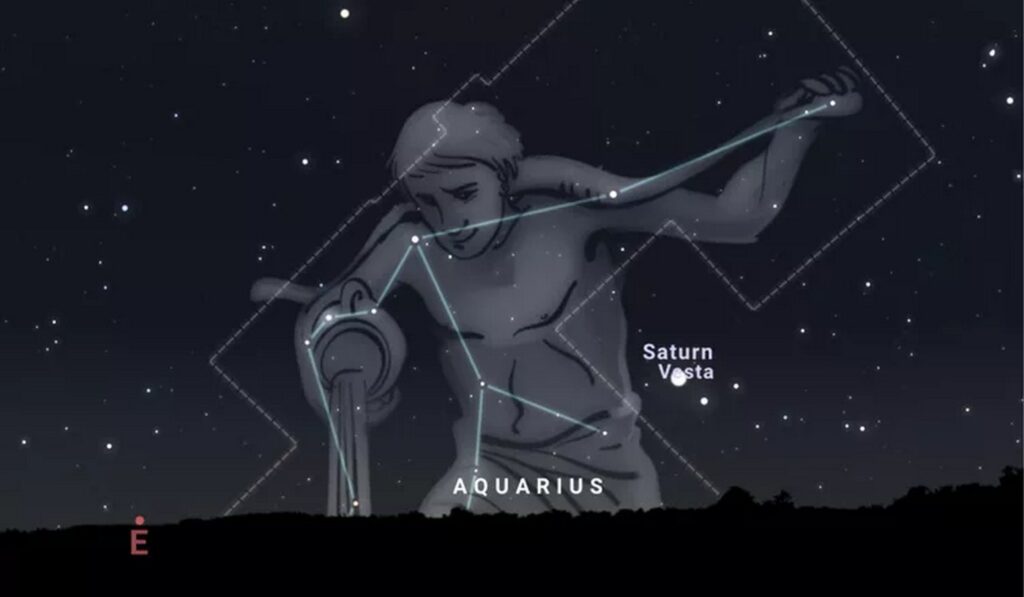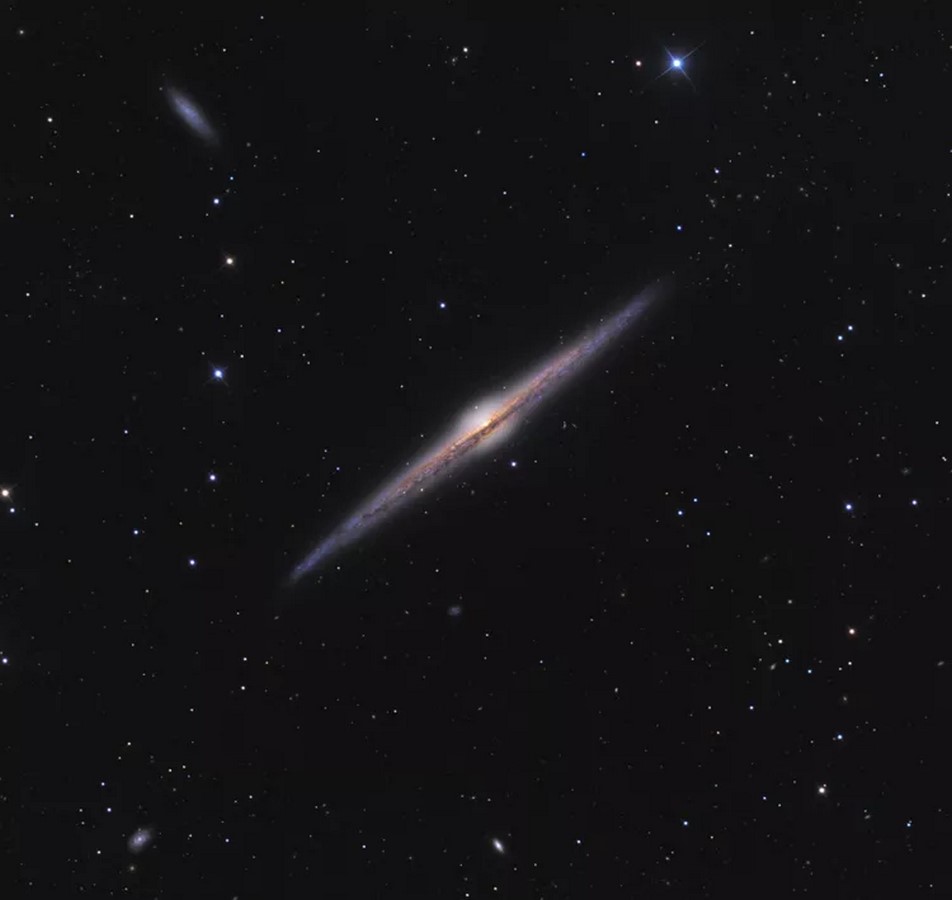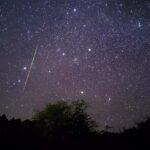May Night Sky Highlights

As the Northern Hemisphere welcomes the return of greenery and warmth, May offers a delightful array of celestial events to complement the blooming landscapes. From meteor showers to lunar phenomena, here are the highlights of May’s celestial calendar:

Full ‘Flower’ Moon (May 5)
May’s full moon, known as the “Flower Moon,” illuminates the night sky with its radiant glow, named after the abundant springtime blossoms. Other indigenous names for this lunar spectacle include the “Frog Moon,” “Egg-Laying Moon,” and “Leaf Budding Moon.” Additionally, viewers in Europe, Asia, Australia, and Africa may witness a penumbral eclipse, casting a subtle shadow over the moon’s surface.
Eta-Aquariids Meteor Shower (May 6)
The Eta-Aquariids meteor shower, originating from debris left by Halley’s Comet, graces the skies between May 5th and 6th. Although this annual shower is more visible in the Southern Hemisphere, early risers in the Northern Hemisphere may still catch a glimpse of shooting stars despite the interference from a full moon.
Lunar Occultation of Jupiter (May 17)
On May 17th, observers can witness a rare lunar occultation of Jupiter, where the gas giant will briefly disappear behind the moon. Although this event occurs after dawn for many locations in the U.S., viewers on the east coast may still observe Jupiter being eclipsed by the moon around 7:45 a.m. EST.
New Moon Dark Skies (May 19)
The New Moon on May 19th heralds exceptionally dark skies, providing an ideal opportunity for stargazers to marvel at galaxies, shooting stars, and other celestial wonders typically obscured by moonlight. A recommended target for observation is the Needle Galaxy (NGC 4565), known for its striking appearance and located 40 million light-years away.
Northern and Southern Lights (All Month)
As solar maximum approaches, heightened solar activity promises increased chances of stunning aurora displays at lower latitudes. Recent solar flares have already sparked auroras visible across numerous states, indicating the potential for more colorful phenomena in the coming months. Enthusiasts can stay updated on aurora activity through platforms like Space Weather Watch on Twitter or the SpaceWeatherLive app.

Conclusion
May’s night sky offers a captivating blend of lunar phenomena, meteor showers, and celestial wonders, inviting sky gazers to step outside and embrace the beauty of the cosmos. Whether admiring the radiant glow of the Flower Moon or anticipating the rare occultation of Jupiter, May promises an unforgettable journey through the heavens. So grab a blanket, head outdoors, and immerse yourself in the splendor of the May night sky.


 English
English 
































































































































































































































































































































































